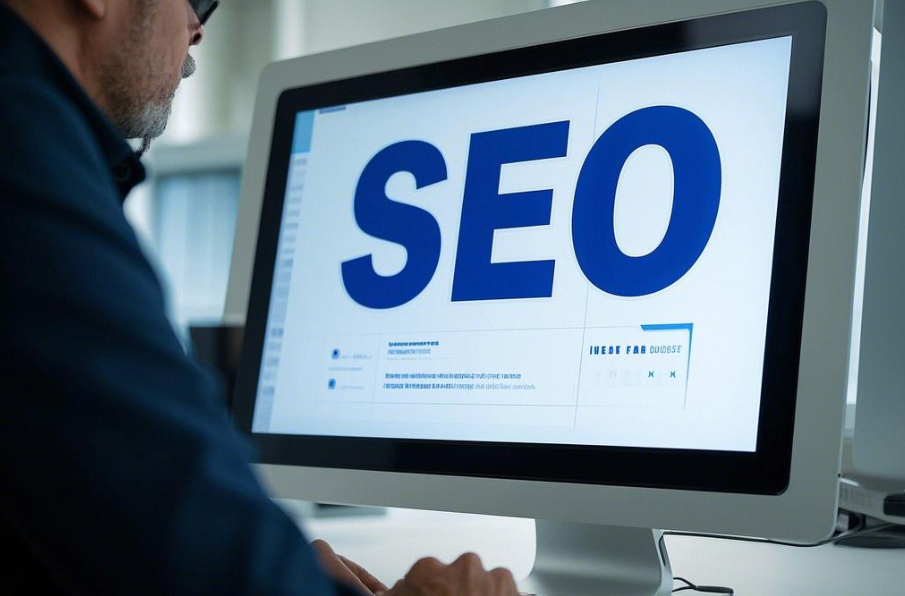 400-076-6558智领未来,外贸超级营销员
400-076-6558智领未来,外贸超级营销员
 400-076-6558智领未来,外贸超级营销员
400-076-6558智领未来,外贸超级营销员

In today's globalized business environment, B2B export companies face intense competition from international players. To stand out and capture the attention of overseas buyers, having a professional, functional, and high-performing website is no longer optional—it’s essential. With the rise of zero-code website creation platforms, even newcomers in the export industry can now build powerful online presences without deep technical knowledge. This article explores the core technologies behind building a competitive B2B export website using zero-code tools, focusing on practical strategies that help enterprises enhance their global reach and brand credibility.
Zero-code website building is not just about drag-and-drop interfaces. It relies on underlying technologies such as visual editors, component-based development, and pre-built templates. These platforms allow users to create complex websites quickly by selecting and arranging ready-made components rather than writing code from scratch. Compared to traditional coding methods, zero-code solutions significantly reduce development time, lower costs, and minimize the need for specialized developers.
For example, according to a 2024 report by Global Tech Insights, over 70% of small and medium-sized B2B exporters who adopted zero-code platforms saw a 30% improvement in website performance within the first six months. This makes it an attractive option for those looking to scale their operations without investing heavily in IT infrastructure.

Creating a successful B2B export website involves several key technical aspects. Let’s break them down:
Choosing the right domain name is crucial for SEO and brand recognition. A domain with a .com or .net extension is generally preferred for international audiences. According to SEMrush, websites with short, memorable domain names are 25% more likely to be clicked by international buyers. Additionally, ensuring your domain is registered with a reliable provider and properly configured for SEO can improve your site’s visibility on search engines like Google and Bing.
With over 60% of global internet traffic coming from mobile devices, a responsive design is non-negotiable. Using a zero-code platform, you can easily implement a mobile-friendly layout that adapts to different screen sizes. For instance, AB客智能建站系统 offers built-in responsive templates that ensure your website looks great on desktops, tablets, and smartphones.

High-quality visuals play a significant role in attracting and retaining international customers. Using a zero-code platform, you can upload and optimize images to ensure they load quickly without losing quality. According to Google PageSpeed Insights, reducing image file size by 30% can improve page load speed by up to 20%, which directly impacts user experience and conversion rates.
To truly stand out in the global market, your website needs more than just good design—it must offer functionality that meets the expectations of international buyers.
Language barriers can hinder customer engagement. By integrating automatic translation plugins with manual editing options, you can provide a seamless experience for users in different regions. For example, AB客智能建站系统 allows users to switch between languages with a single click, improving user satisfaction and trust.
International payment systems like PayPal, Stripe, and Alipay are widely used by global buyers. Integrating these services into your website ensures that transactions are secure and convenient. Implementing SSL certificates and encryption protocols further enhances security, protecting both your business and your customers' data.
Protecting user data is a top priority for any B2B export enterprise. By configuring SSL certificates and using encrypted storage methods, you can safeguard sensitive information and build trust with your audience. According to IBM Security, the average cost of a data breach in 2024 was $4.45 million, making robust security measures a critical investment.
A fast-loading, well-optimized website can make a huge difference in how your brand is perceived globally. Here are some key optimization techniques:
Using tools like Google PageSpeed Insights, you can analyze your website’s performance and identify areas for improvement. Techniques such as code compression, image optimization, and CDN (Content Delivery Network) integration can significantly reduce load times.
Proper SEO is essential for increasing organic traffic. This includes optimizing meta tags, using relevant keywords, and implementing structured data markup. According to Backlinko, pages that rank on the first page of Google receive 70% of all organic traffic, making SEO a critical factor in your website’s success.
Ensuring your website is fully compatible with mobile devices is no longer optional. Optimizing touch interactions and adjusting layouts for different screen sizes improves usability and user retention.
Even with the best tools, technical issues can arise. Common problems include page display errors, broken links, and slow loading times. Regular maintenance, backup solutions, and clear troubleshooting steps can help mitigate these risks. For example, using automated backups and setting up monitoring tools can prevent data loss and downtime.
Zero-code website creation has revolutionized the way B2B export companies build and maintain their online presence. By leveraging the right tools and following best practices, businesses can create professional, secure, and high-performing websites that resonate with international buyers. Whether you're a seasoned exporter or a new entrant in the global market, mastering these technologies can give you a significant edge in the competitive landscape.
Ready to take your B2B export business to the next level? Start building your professional website today with AB客智能建站系统. Get started now and unlock the full potential of your brand in the global marketplace.
.png?x-oss-process=image/resize,h_100,m_lfit/format,webp)
.png?x-oss-process=image/resize,h_100,m_lfit/format,webp)

.png?x-oss-process=image/resize,h_100,m_lfit/format,webp)
.png?x-oss-process=image/resize,h_100,m_lfit/format,webp)
.png?x-oss-process=image/resize,h_100,m_lfit/format,webp)
.png?x-oss-process=image/resize,h_100,m_lfit/format,webp)
